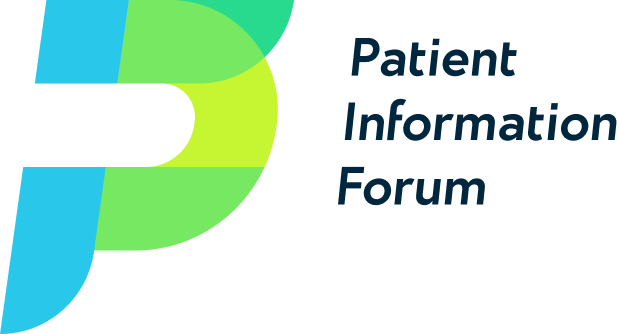
Inequalities in digital health; Potential in patient data; Finding trusted online information
Socioeconomic inequalities in digital health services
A report from the Ada Lovelace Institute exposes a gap between digital health policy and what economically disadvantaged people want from healthcare.
It says those responsible for designing, developing and deploying digital health services should be encouraged to better engage with different viewpoints.
Key findings in the report include:
- Digital health services are being designed and implemented without consideration of lived experience for some groups, particularly those who are digitally excluded
- Digital health services are making some people’s experience of healthcare less personal
- Health data is not working well for some groups experiencing socioeconomic disadvantages
- Context matters for the development of digital healthcare
- Access to and experience of digital health services is shaped by the constraints or opportunities at a local level
Read the full findings via the Ada Lovelace Institute website here.
The relationship between patients, data and healthcare
A report by PIF member the Patients Association explores the relationship between patients and their data.
It found patients recognise their data has the potential to improve healthcare.
There is widespread support for realising this potential – if concerns are acknowledged and addressed.
Any ‘data pact’ between patients and healthcare bodies would need to acknowledge that data is an imperfect system.
It would also need to make a meaningful commitment to patients and make it clear where they can go with concerns.
Access the full report via the Patients Association website here.
The benefits of good-quality online information
A cancer information development nurse is highlighting the benefits of reliable online health information and the risks of finding unreliable sources on the internet.
In an article for Nursing Times online, Jill McLean reviews current evidence on the quality of online information and need for guidance on reliable sources.
She highlights resources to help people both produce and find high quality online health information.
This includes the PIF TICK quality mark.
Read the full article via the Nursing Times website.
Toolkit ‘mountain’ is an obstacle to patient involvement
A new report says a ‘mountain’ of guidance on patient and public involvement (PPI) is an obstacle to improving practice.
The Patient Experience Library found 536 PPI toolkits published between 2012 and 2022.
Analysis revealed high levels of duplication in some areas, while others were largely neglected.
For example, only one toolkit focused on involving people with learning disabilities.
To help researchers identify areas of saturation and knowledge gaps, the library has produced an online visualisation of the toolkits.
The visualisation can be filtered by topic areas, for example, young people or mental health.
View and use the visualisation here.
Download the report from the Patient Experience Library website here.
Reviewing words around race
The National Council for Voluntary Organisations (NCVO) has published a blog discussing why language matters for inclusion.
In the blog, chief executive officer Sarah Vibert, discusses why the charity is now using the term ‘global majority’.
It is using the term to refer to all ethnic groups except white British and other white groups, including white minorities.
The change was made after feedback suggesting terms such as BAME, BIPOC and ethnic minorities were outdated and problematic.
Read the full blog via the NCVO website here.
Using trans-inclusive language
In this article, Jake Hall discusses the use of trans-inclusive language and access to healthcare.
Jake begins by sharing how a GP updating their pronouns to ‘they/them’ on the primary care system improved their healthcare experience.
They also discuss the importance of trans-inclusive language in sexual and reproductive health and the need to ‘dig behind the headlines’.
Read Jake’s article in full via the Reader’s Digest website here.
Report shows how long-term targets can help reduce health inequalities
A new report looks at how targets have been used in the past to address health inequalities and how they could be used in the future.
Targeting Health Inequalities identifies areas suitable for target-based development work. These include health indicators such as:
- Infant mortality rates
- Life expectancy
- Prevalence of overweight and obesity
- Suicide rates
Read more and download the report from The Health Foundation website here.
Evaluating social prescribing
A briefing paper from the National Academy for Social Prescribing (NASP) aims to support charities and community organisations to evaluate social prescribing.
It identifies and collates more than 60 resources supporting the evaluation of social prescribing activities.
Find out more and download the briefing from the NASP website here.
Happiful releases package of resources for World Mental Health Day
PIF member Happiful has released a package of resources aimed at supporting workplace wellbeing.
The Work in Progress campaign was released ahead of World Mental Health Day on Tuesday, 10 October.
Find out more and download the resources via the Happiful website here.
5-minute osteoporosis risk checker campaign
PIF member the Royal Osteoporosis Society (ROS) is urging people to get a personalised report on their bone health in just 5 minutes.
The campaign to get more people to use the ROS online risk checker is part of World Osteoporosis Day on 20 October.
View and share the risk checker via the ROS website here.
